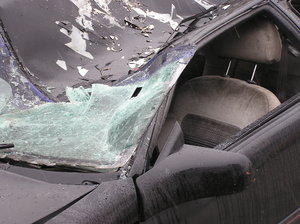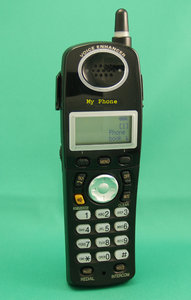In our state, the keeper or the owner of a dog is liable for all dog bite injuries unless the victim of the dog bite attack in Massachusetts was tormenting, teasing, or abusing the dog, was trespassing or was committing another crime. Anyone who is injured by a dog in our state also may be able to use other common grounds for liability as well.

Our Boston dog bite injury lawyers understand that there are almost five million dog bite injuries every year in the United States. About 20 percent of all dog bites require the attention of a medical professional. Children are more likely than any other age group to be the victim of a dog-bite related injury, specifically those ages 5- to 9-years-old, according to the Centers for Disease Control and Prevention (CDC). But there are ways to make dog bite accidents less likely and ways to help prevent your young ones from being bitten by a dog. Be sure to sit down and talk with your little ones about the importance of good behavior around man’s best friend.
There were more than 30,000 people who underwent reconstructive surgery after dog-bite accidents in the U.S. in 2006.
Being a child isn’t the only way to increase your risks for an accident. Homes that house a dog face higher risks for dog-bite accidents as well. With more dogs, residents face even more risks. Families with two or more dogs in a household are roughly five times more likely to suffer a dog-bite injury than households with no dogs.
Safety tips to prevent dog-bite injuries among children:
-No one should ever approach a dog they don’t know.
-Never run around a dog.
-Keep voices quiet. Avoid yelling around a dog.
-If a dog approaches, stay still and calm. Keep hands and arms down and avoid any sudden movements.
-If knocked over by a dog, roll up into a ball and stay still.
-Never allow children to play with a dog without an adult supervising.
-Always report stray dogs or dogs displaying odd behavior to adults.
-Children should avoid eye contact with dogs.
-Never bother dogs when they’re eating, sleeping or tending to puppies.
-Dogs should be allowed adequate time to smell someone before attempting to pet.
-Teach children to report immediately to an adult if bitten by a dog.
Nearly 70 percent of dog-bite injuries that happen to children under the age of 5 are to the neck and head region. Boys are more likely to be bitten by a dog than girls.
Parents are urged to sit down and talk with young ones about the dangers associated with dogs. Be cautious not to startle them, but make sure that they understand the appropriate behavior to exercise around man’s best friend.
Continue reading
 Boston Personal Injury Attorney Blog
Boston Personal Injury Attorney Blog












